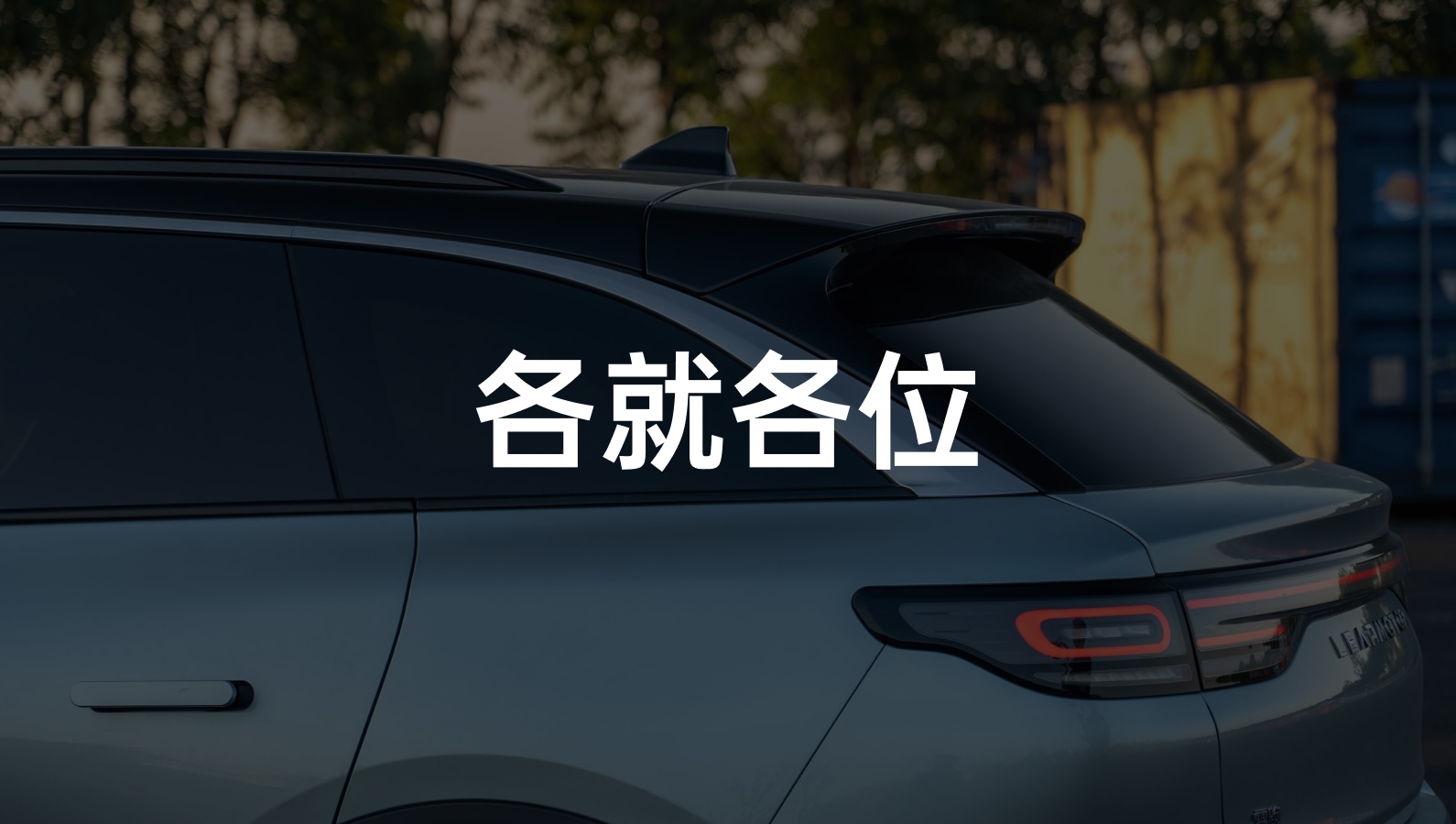Today’s protagonist is the C11 all-electric mid-size SUV from LI One, which is another “price killer” officially launched tonight, with a price range of 150,000 to 200,000 RMB.
I first encountered LI One at the beginning of this year when my family needed a small and convenient car with great features. After comparing several cars of the same level, I eventually decided to buy a LI One T03 for my family.
My friends are always curious why I chose a relatively unknown new car brand like LI One. Usually, I invite them to test-drive this car because it always exceeds their expectations in terms of workmanship, features and driving experience. Moreover, with a price below 80,000 RMB, I managed to take it home. That’s why I ordered it right after driving it.
Compared with other cars in the same price range, the LI One C11 has better features and space while selling for only half or even less the price of similar models. This radical investment in the product begs the question as to whether LI One can profit from it and whether consumers can help it to break into the gasoline and electric car market segments. From the perspective of LI One’s users and the automotive media, I am curious to find out whether the C11 can dominate this level of the market despite its materials and price tags.
Long time no see
Three months ago, when I went to LI One for after-sales service for my T03, I accidentally discovered the C11 in the showroom. However, I wasn’t able to fully appreciate it at that moment because it was still in a mold state. Three months later, I saw various colors of C11 in Hangzhou, although they still weren’t the final delivery version. Finally, I had a chance to get a full experience of the LI One C11 from all angles.
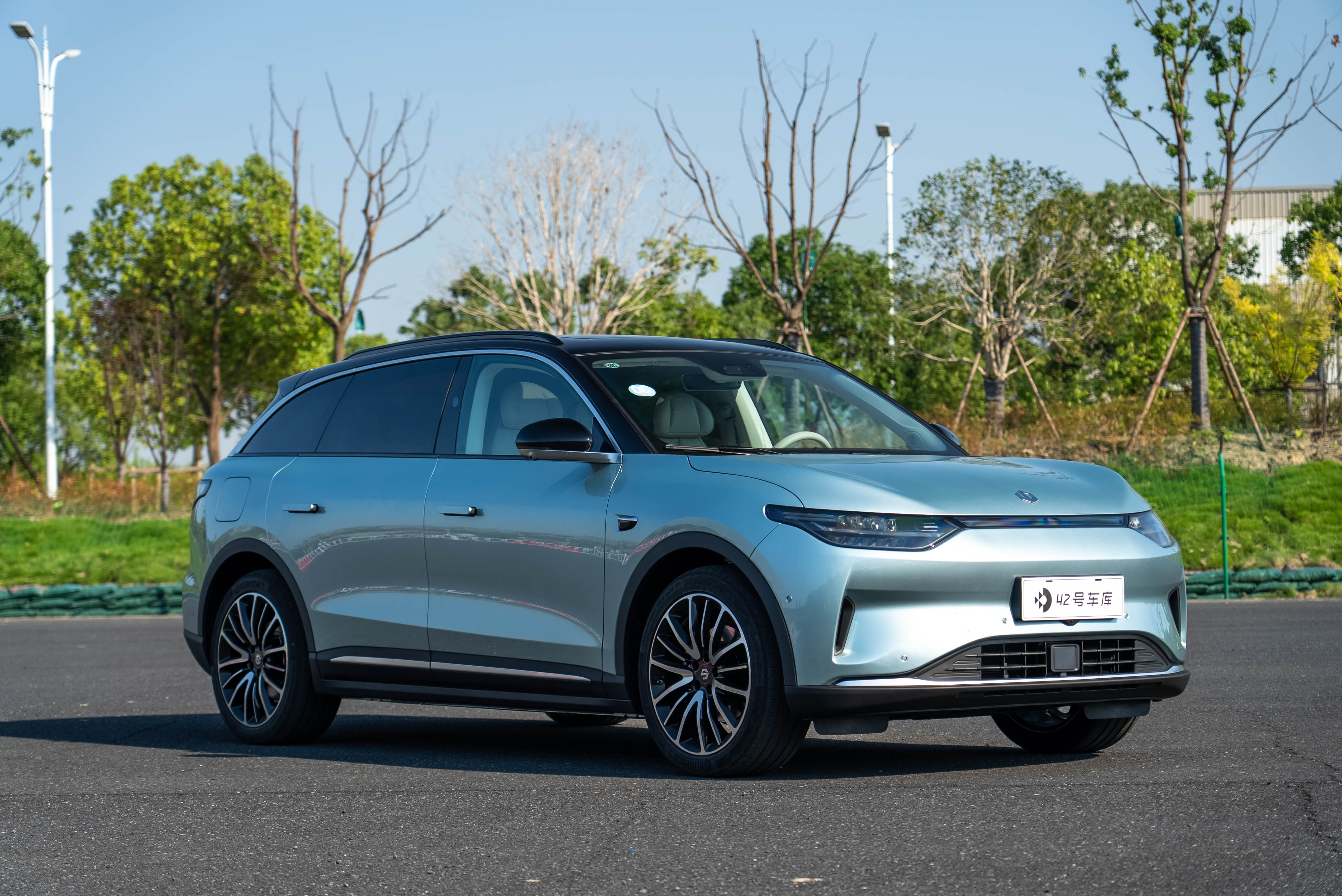
The test drive car we received was the interior with the most popular color options of “Walden green plus carbon gray limestone gray double stitching”. It was also the top configuration “Exclusive Version” with an option for a high-performance, value-for-money “Luxury Package”.
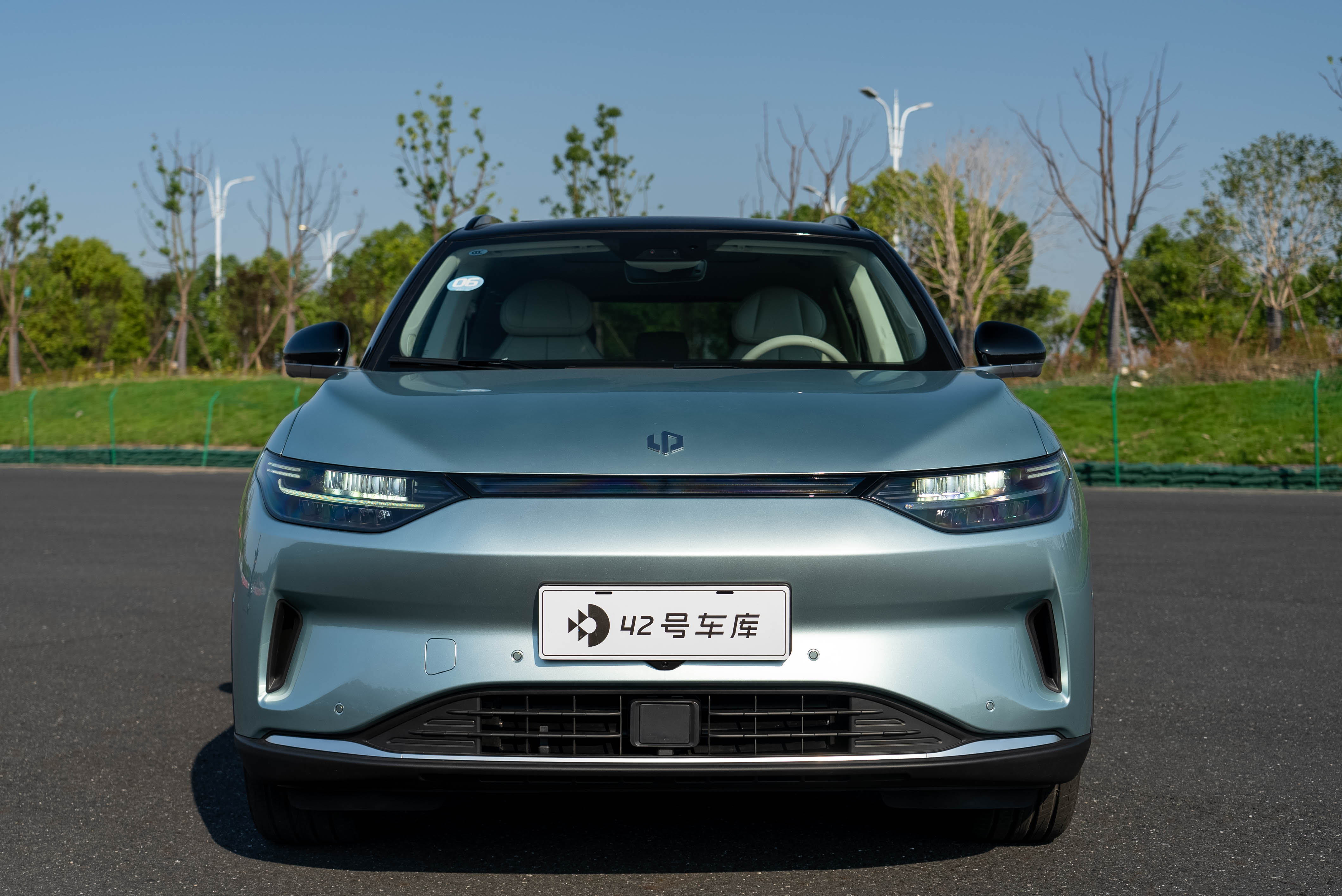 The appearance of the LINGOKING C11 is definitely eye-catching among all medium-sized SUVs, creating a strong sense of elegance that surrounds the entire vehicle. Unlike many sporty SUVs which feature excessively rough and aggressive lines, the C11’s body lines are quite soft and gentle.
The appearance of the LINGOKING C11 is definitely eye-catching among all medium-sized SUVs, creating a strong sense of elegance that surrounds the entire vehicle. Unlike many sporty SUVs which feature excessively rough and aggressive lines, the C11’s body lines are quite soft and gentle.
The body’s dual-tone color scheme not only helps to lower the visual center of gravity, but also creates a youthful vibe for the whole vehicle. Furthermore, currently there are eight body colors available for the C11, with new oxygen green and coral orange certain to attract younger users.
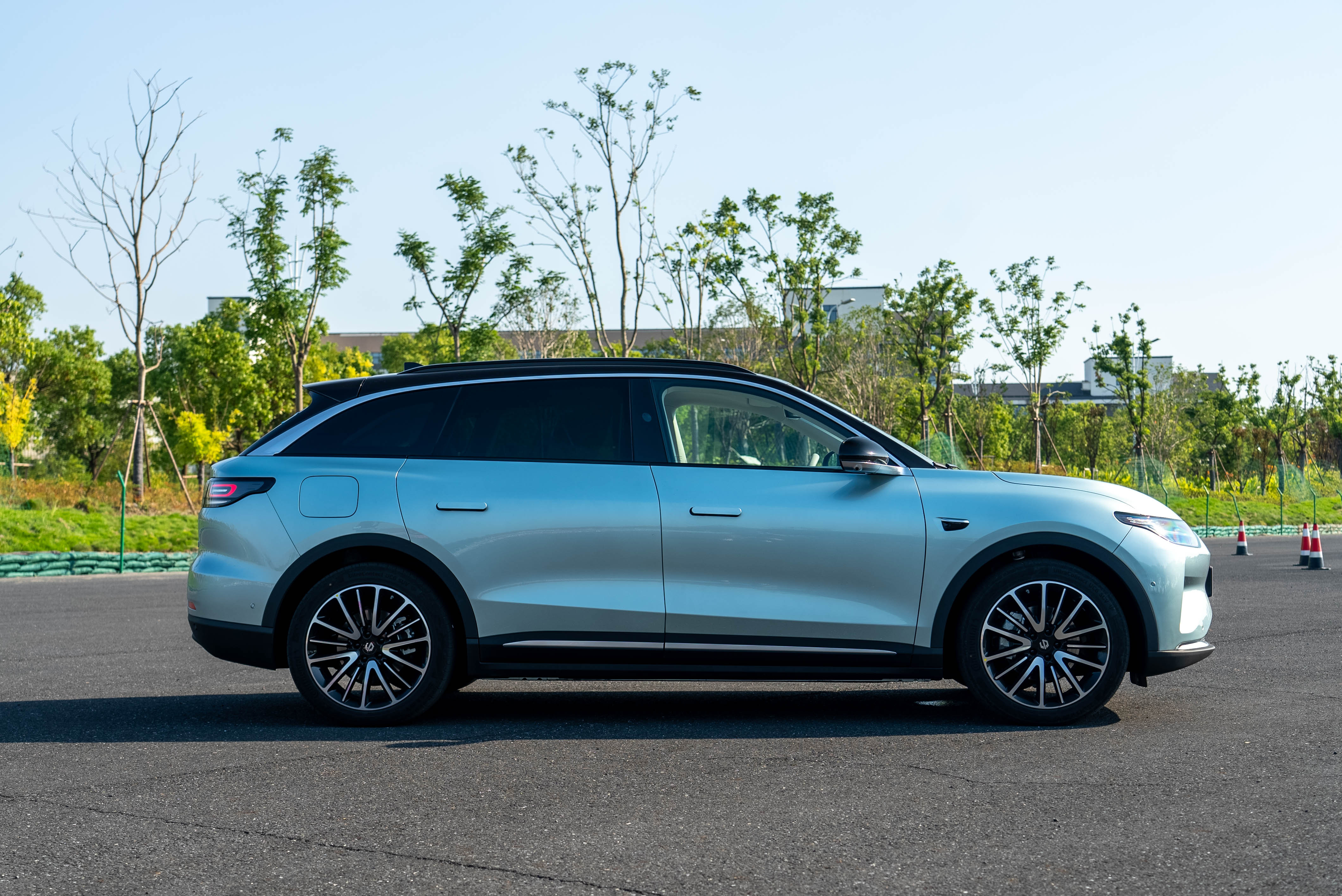
The headlights and taillights are designed to correspond with each other, adding a sense of solemnity to the overall design. It’s worth noting, however, that the through-type design of the headlights does not actually light through the middle, with the middle part simply functioning as a decorative panel.
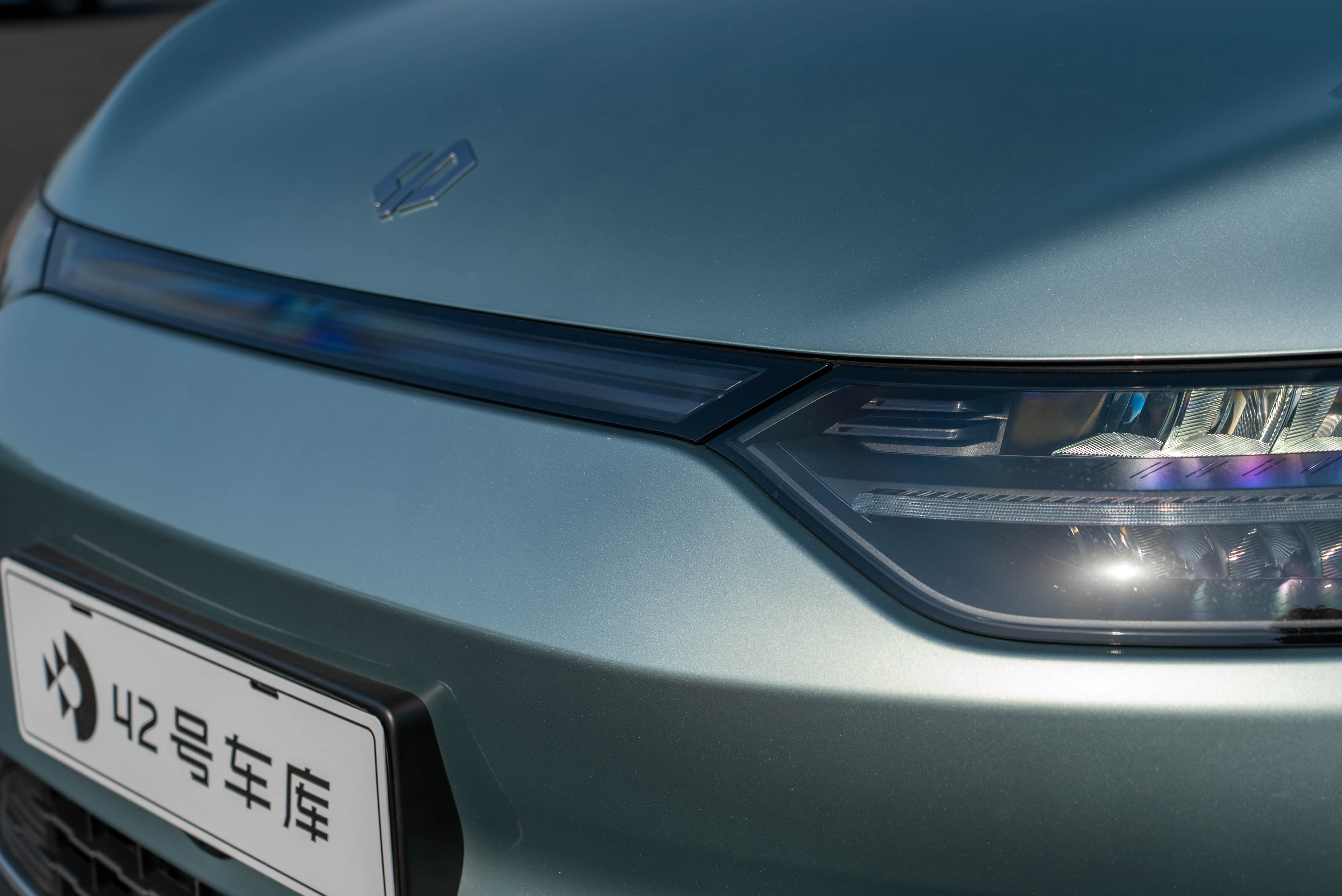
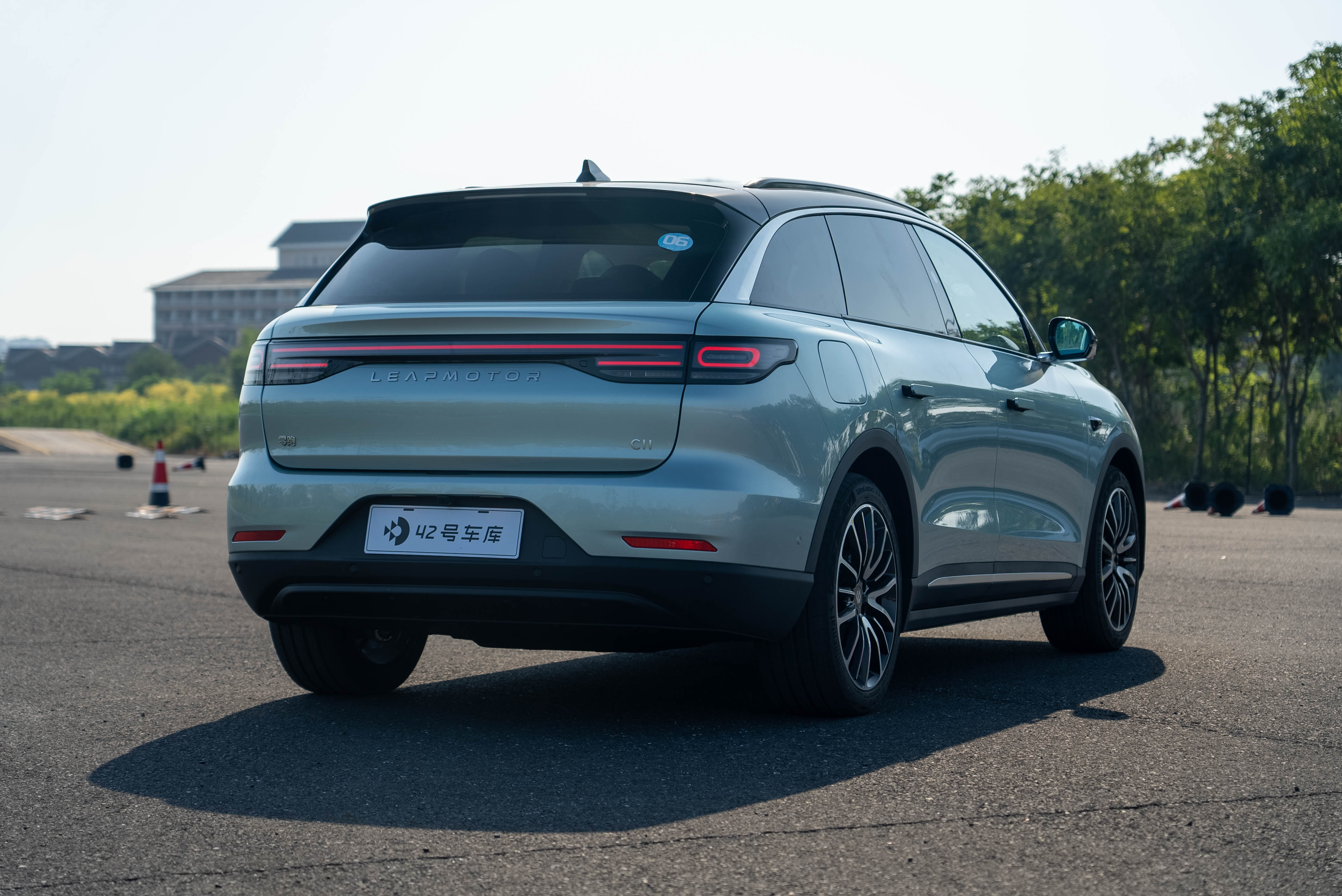
The design style of the LINGOKING C11 does not blindly pursue a futuristic look like other new energy vehicle makers, instead blending the styles of nature and technology in a comfortable way. This approach makes the overall appearance more easily acceptable to the public and broader target users.
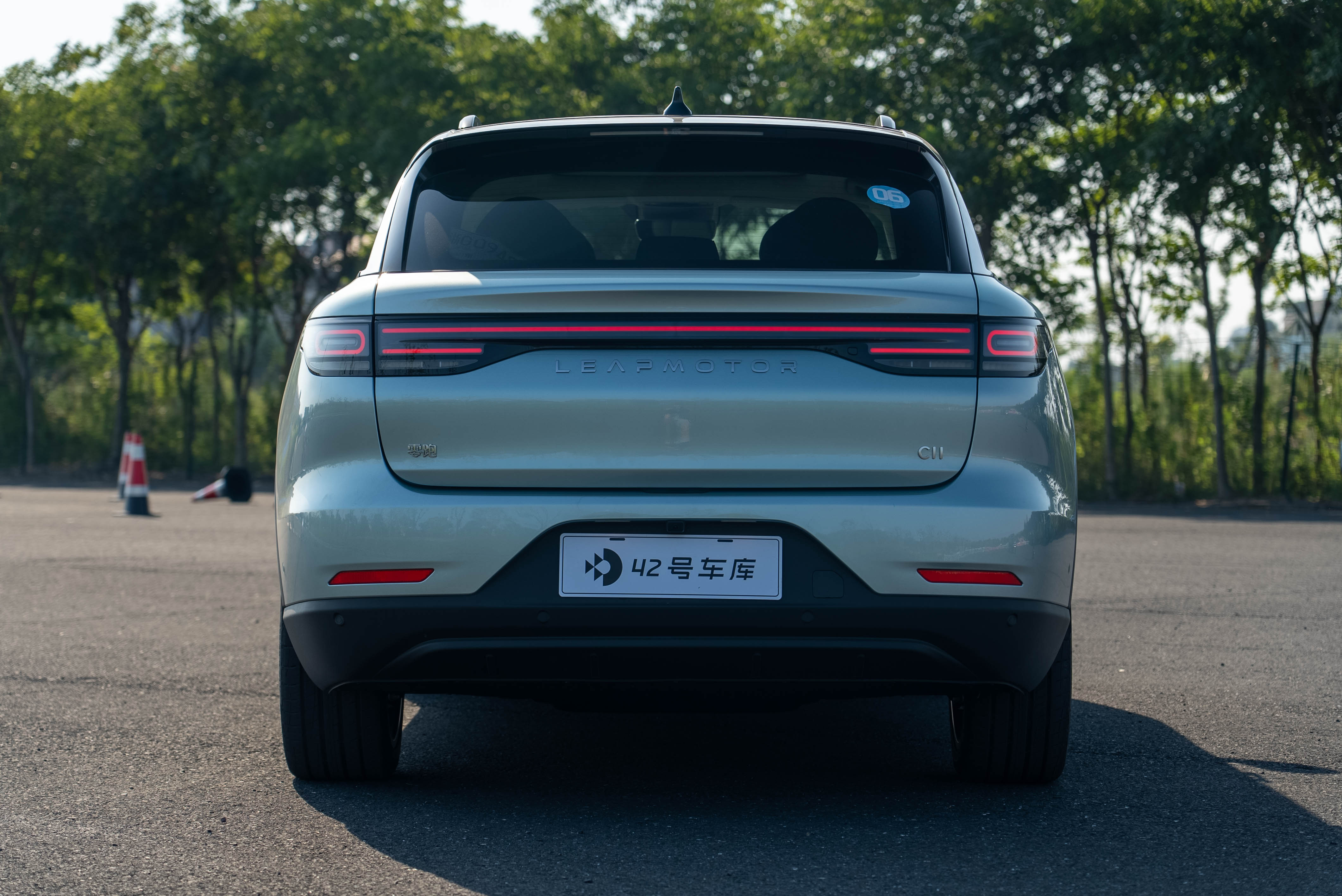
When you open the door, the hidden electric door handle and frameless doors are definitely a highlight.
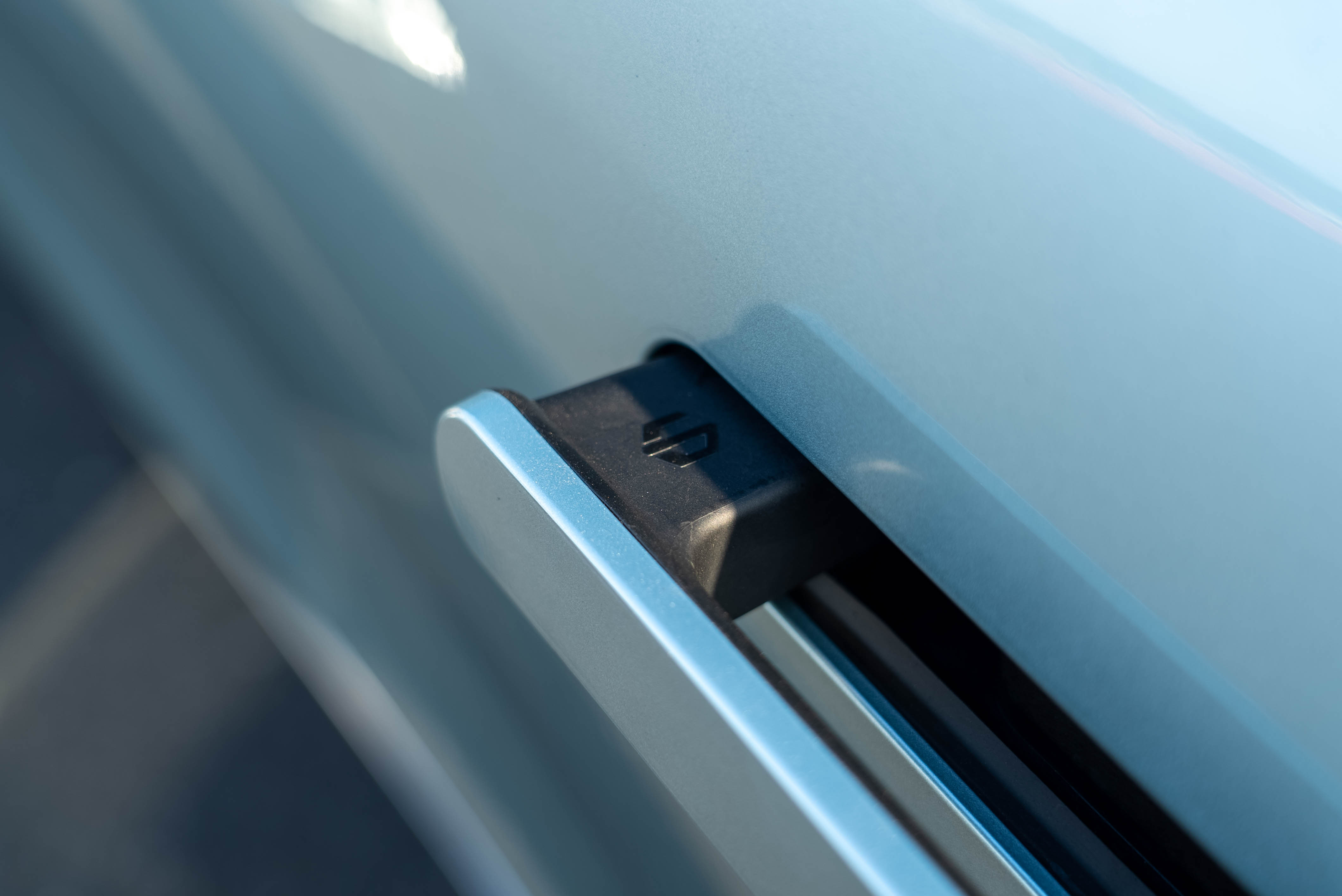
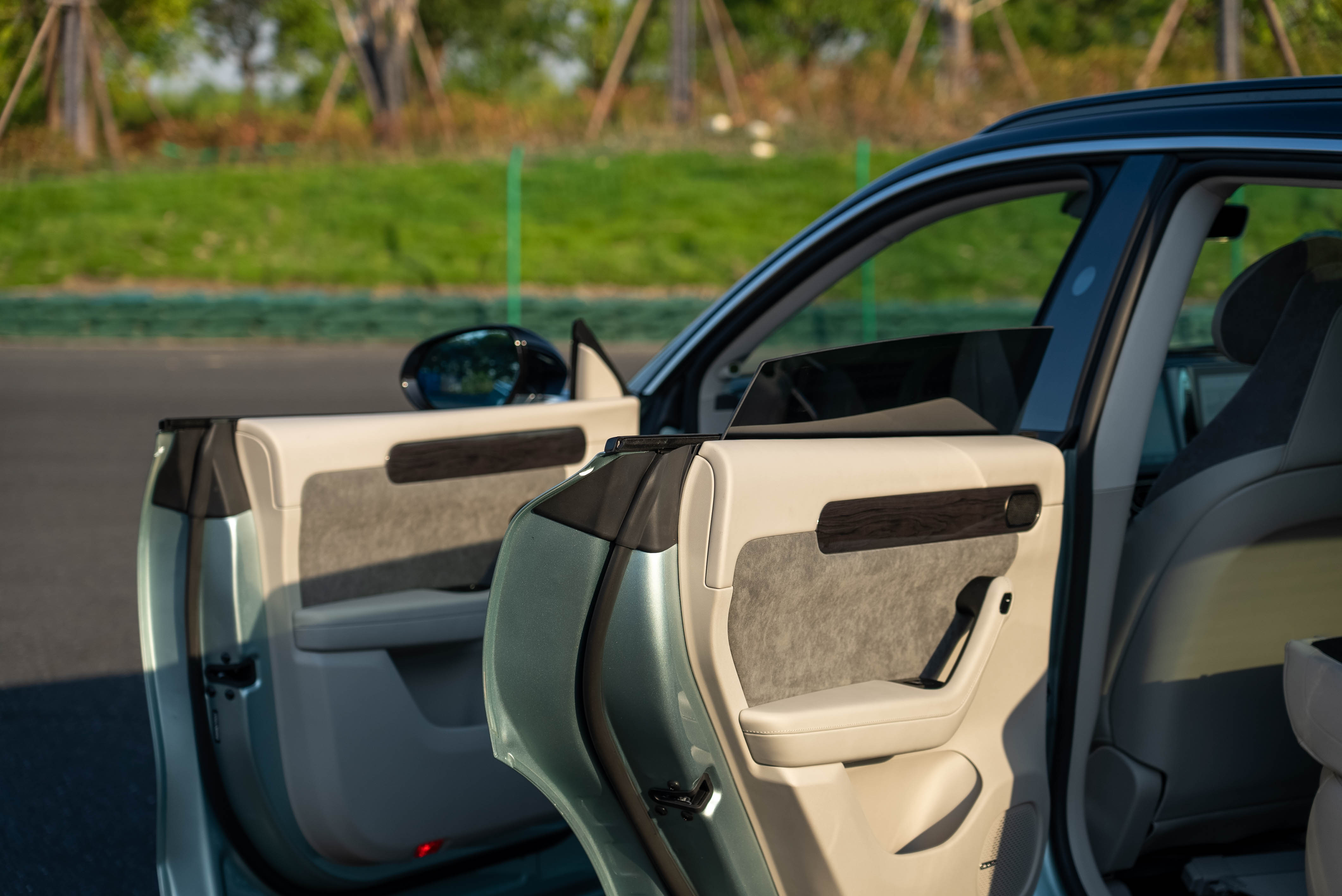
Previously, users expressed concern that frameless doors would have an adverse effect on the overall noise insulation of the vehicle. In response to this feedback, LINGOKING promptly upgraded the front window to double-layer laminated glass.
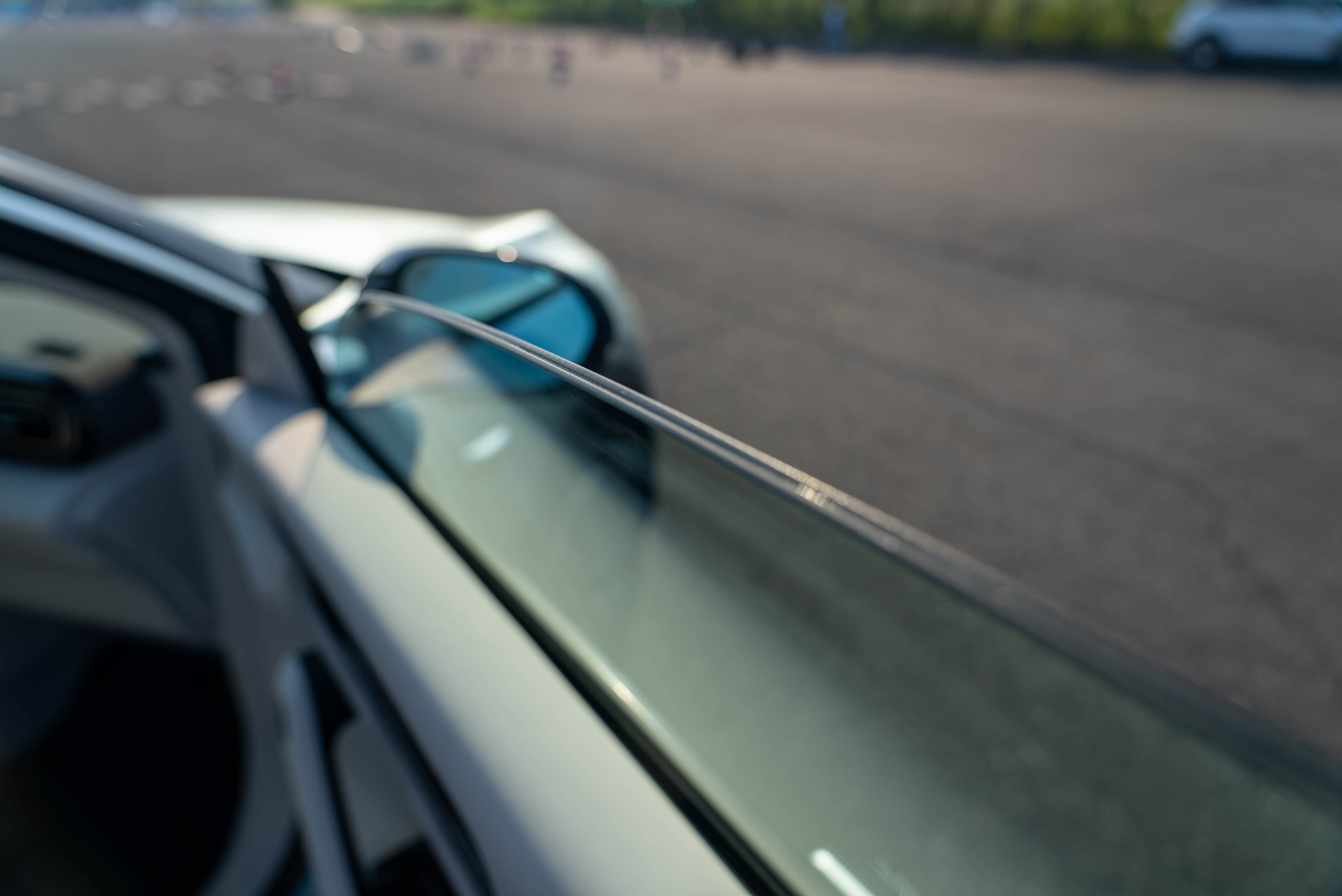
The effect is indeed evident. When sitting in the car, you can clearly feel the isolation from the outside world. In fact, I often have to roll down the window while slowly driving in the field so that I can hear the photographer’s commands from outside.One of the major feelings you get when sitting inside the car is that it doesn’t feel like you’re in a 150,000-200,000 RMB car. The beige interior, combined with the use of dark chrome plating materials, gives the car a sense of quality. The three-screen design, the hollowed-out steering wheel design, which is similar to the Mercedes-Benz center console design, also showcases the sophisticated atmosphere.
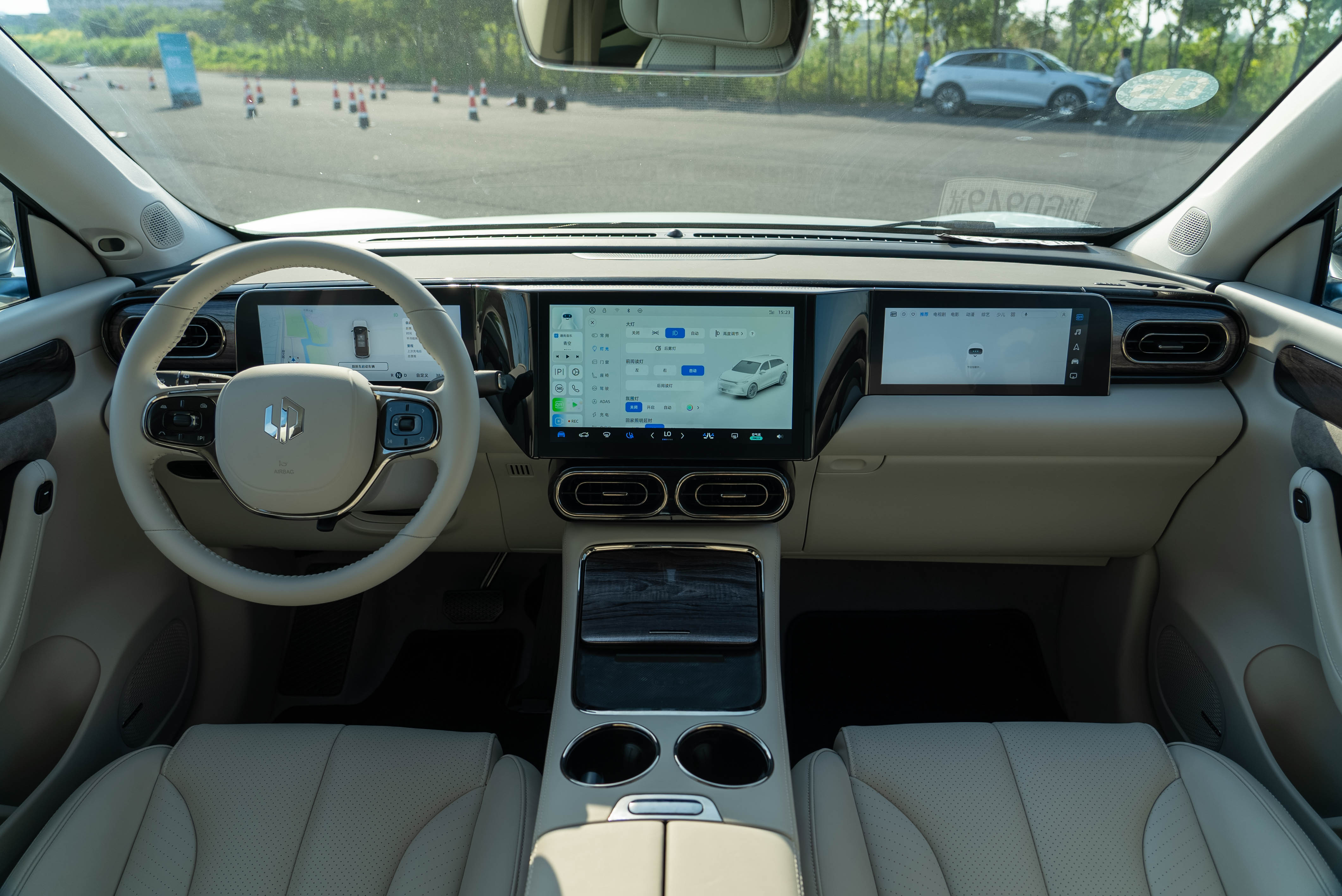
In addition to the luxurious design, the interior configuration is also in a class of its own at this price point. The many comfort configurations for the driver and front passenger – including ventilation and heating, electric adjustment, Nappa leather seats, heated rear seats, and heated steering wheel – can all be obtained in an optional package costing only 10,000 RMB.
Perhaps due to the test car, when the front seat ventilation is opened, you can hear a noticeable fan noise. In a quiet space, this noise can be amplified, and there is a certain vibration when touching the back of the seat while it is working. This issue should be improved by Lynk & Co before delivery. However, compared to the car model I saw three months ago in the showroom, there has been a qualitative leap in workmanship and assembly.
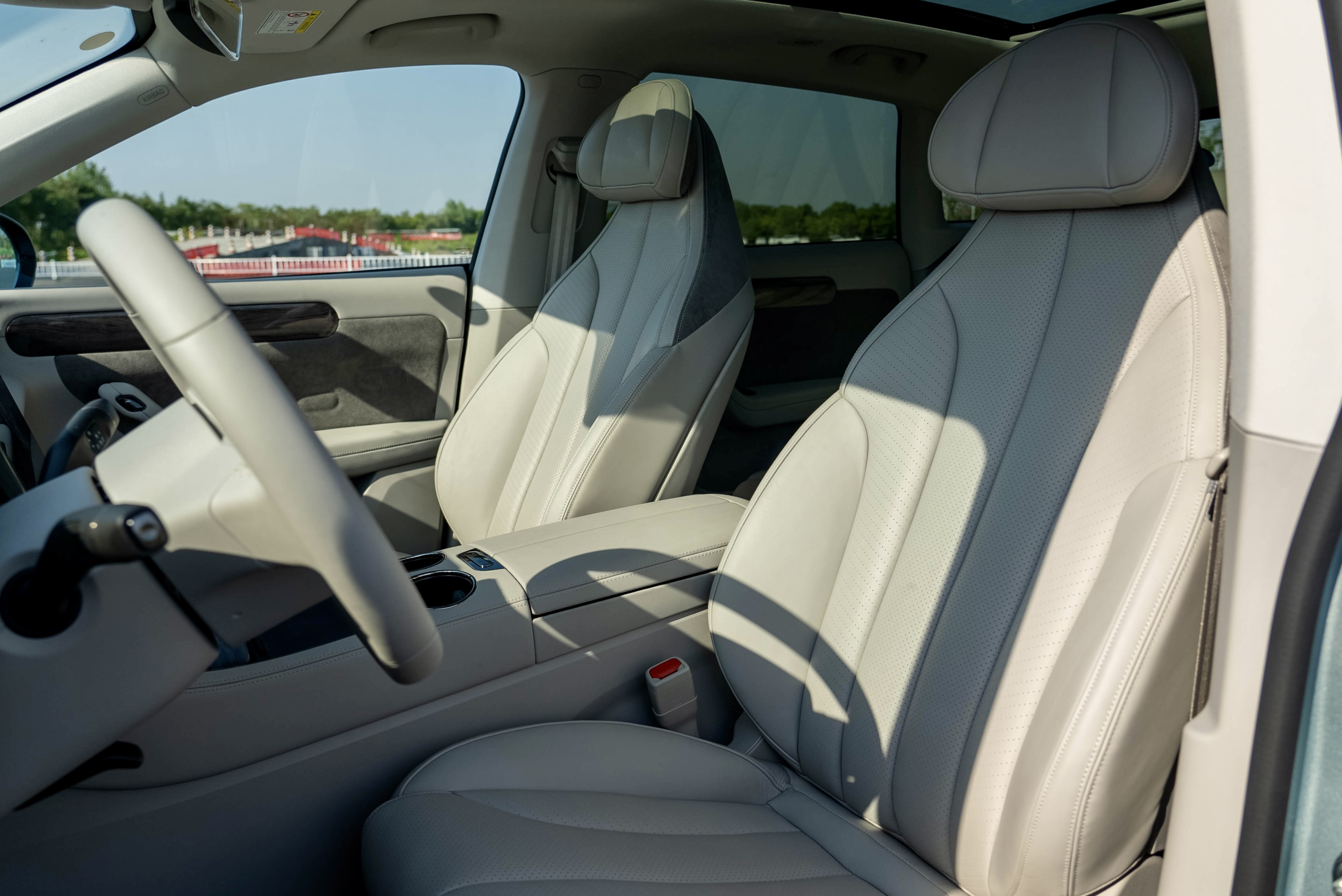
The Lynk & Co C11 is equipped with Qualcomm Snapdragon 8155 chip, which is also one of the highest-performing chips on the current market for in-car systems. According to official Lynk & Co statements, this in-car system chip will support hardware iteration and upgrading in the future.
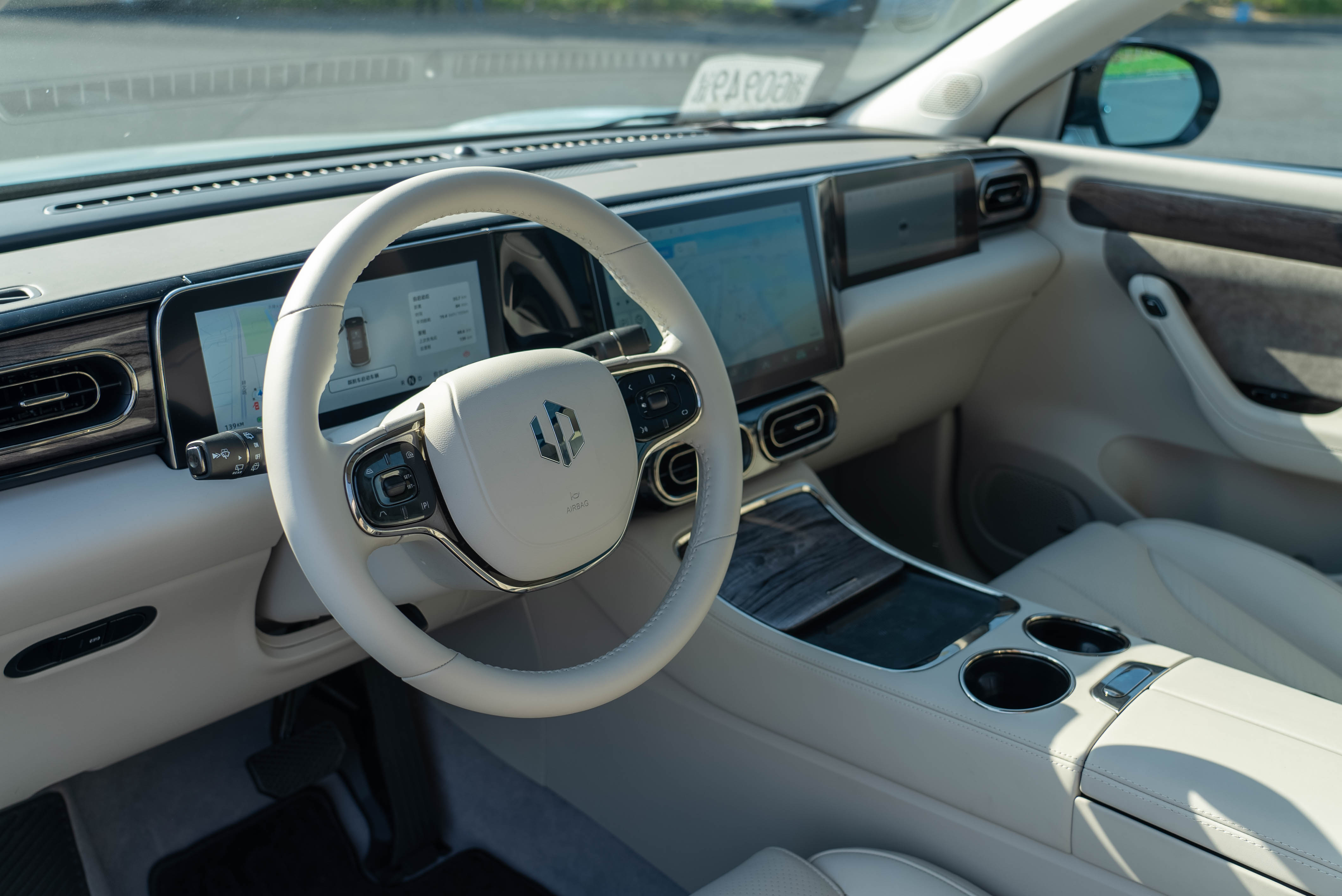
However, there is still room for improvement in the user experience. Perhaps due to the screen material, there will be cases where the screen doesn’t respond smoothly during sliding operations. Whenever I slide, the friction between my finger and the screen becomes quite large due to the lack of oil layer, resulting in stuttering of the sliding operation. I also suspected that it might be a problem with the in-car system chip. However, when I perform click operations, the interface response speed is extremely fast, and most of the operations and applications do not have any delay. At this point, it can basically be determined that it is not a problem with the in-car system chip.
In theory, there is still great room for improvement in this aspect before the formal delivery, after all, this car is still in the final debugging stage.
It is worth mentioning that various functions on the in-car system have been greatly optimized compared to the previous model T03. The personalized driving mode and power recovery strength adjustment, which users have been looking forward to, have also appeared on the C11. The logic of using the in-car system is also very clear after one round of use, and we can quickly find the options we want to adjust whether we are driving or parking.
The entertainment screen in front of the co-pilot can also be cast to the center control screen for adjustment. In this way, the driver can easily help the co-pilot play movies or music. One interesting point to note is that the entire C11 series comes standard with a pair of Bluetooth headsets for the co-pilot to use with the entertainment screen, so the co-pilot’s use of the entertainment screen will no longer disturb the driver. In addition, the C11 also has a special place in the storage compartment for charging the Bluetooth headsets.
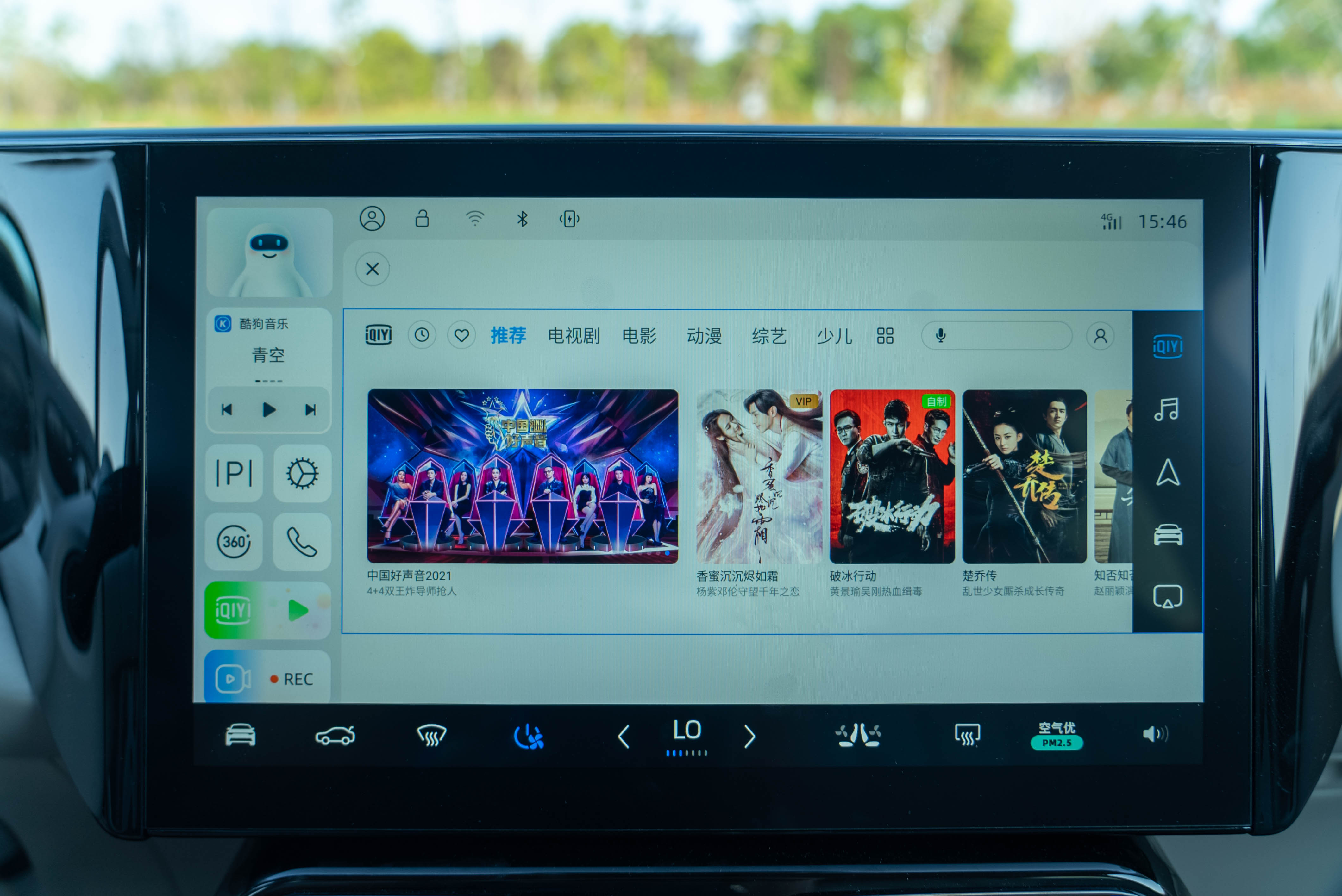
Moving to the back seat of the vehicle, thanks to the pure electric platform of the C11, which has a large wheelbase of 2,930mm and a flat rear floor.
However, during the test drive, it was found that two different C11s had two different performances for rear seat cushions. One type was harder, with more support, while the other was too soft, like a big sofa in a Nissan Teana. The hard seats are supportive enough, but combined with the comfortable seat shape and extremely smooth and delicate Nappa seats, the vehicle’s wrapping of the human body during aggressive driving will lack some. The soft seats provide a comfortable ride, but the decrease in support will make it difficult to maintain the passengers’ balance when getting out of the car. If both types of seats are combined to strike a balance, a better ride feeling can be achieved.
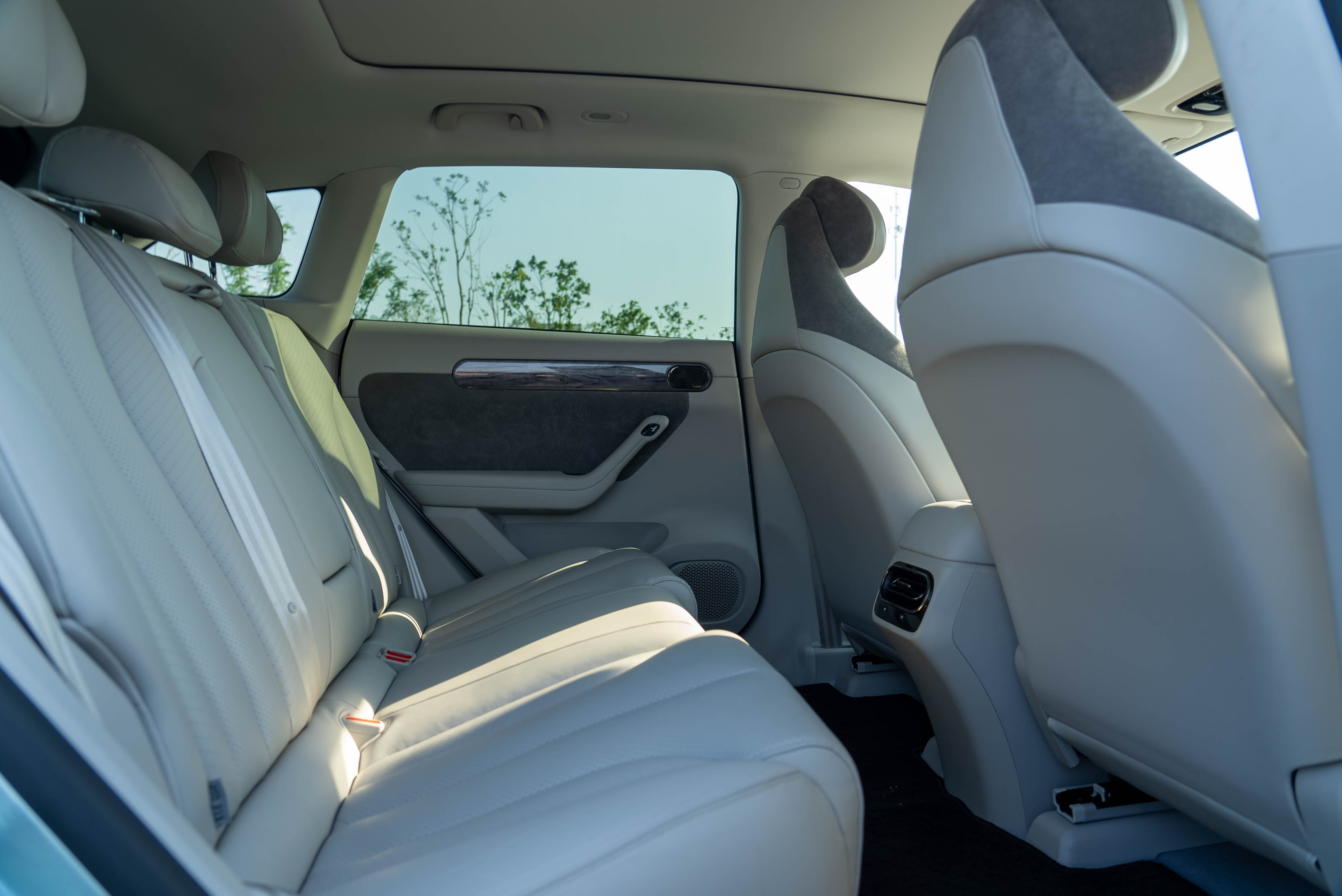
On the pure electric platform, the C11 also has a velvety front trunk. With 52 liters of space, storing some supermarket purchases or on-board items is not a problem.
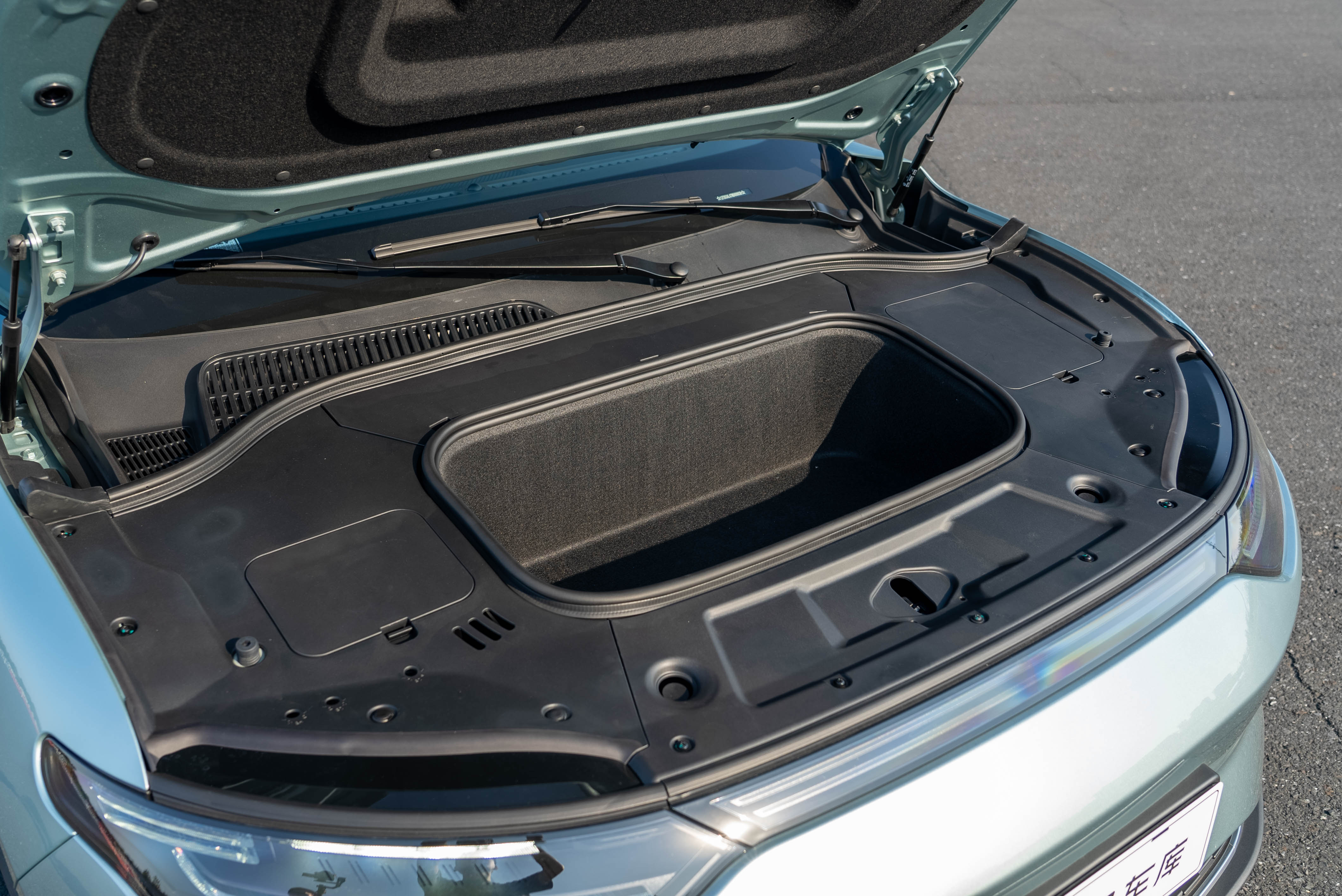
Three months ago, the Zero Run C11 I saw could not run, and could only be visually admired. Sitting in the C11 that can run today, I can’t help but want to experience the exceptional configuration of the C11 in its class.
Theoretical discussion is shallow
Rare driving hardware in its class
With front double wishbone and rear five-link suspension, rear-wheel drive platform, and 255/45/R20 tires, it sounds very intimidating, doesn’t it?
But in reality, this is not a model that emphasizes extreme sports driving. The double wishbone suspension structure cannot determine the driving feel of a car will be sporty. As more and more high-power pure electric vehicles are introduced, double-wishbone suspensions will also be used more often to replace McPherson suspensions in lower-priced models. However, the advantages of the double-wishbone structure cannot be underestimated.The chassis of the LINGPAI C11 gives people a feeling of stability and consistency in line with its elegant appearance, and the overall control over bumps when crossing speed bumps is also quite suitable. The vehicle’s pitch control during sudden acceleration and deceleration is also well managed. The overall chassis tuning is inclined towards daily commuting.
The power level of 200 kW is basically enough for daily use, and it provides a comfortable and relaxed performance for both aggressive driving and daily commuting. If there is a need for more power, there is also a version with 400 kW dual motors to choose from, which can accelerate from zero to 100 kilometers per hour in about 4.8 seconds.
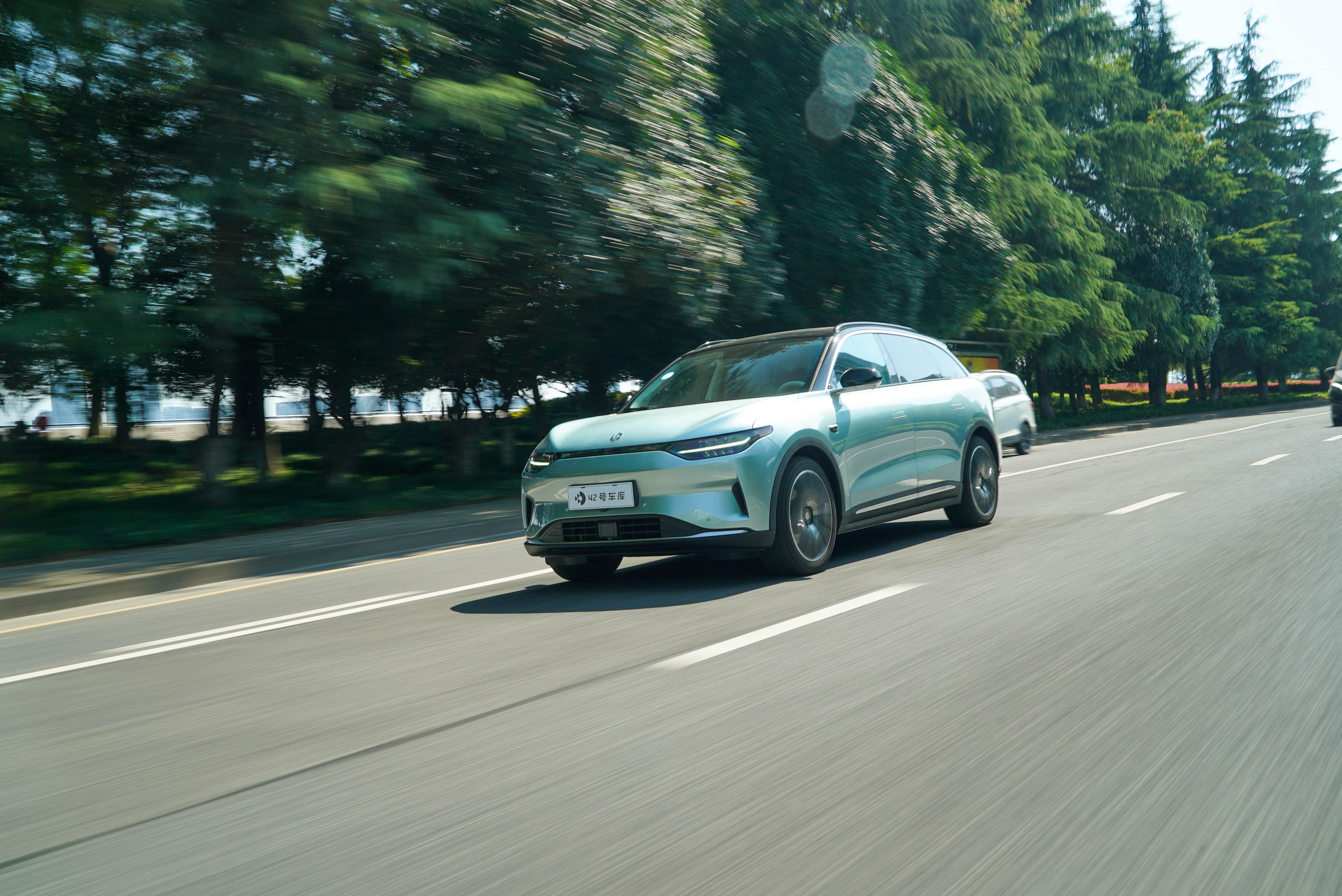
However, the C11 has some deficiencies in terms of steering feel. There is a certain barrier to communication between the vehicle and the driver, making it feel like it’s just steering a wheel. Even with three steering adjustment modes, it still cannot establish a sense of communication with the driver, which is similar to the company’s own T03.
Behind the large battery
The exclusive and performance versions of the LINGPAI C11 are equipped with a 90 kWh ternary lithium battery. According to the current market price of about 1,000 yuan per degree for ternary lithium batteries, the large battery of the C11 already accounts for half of the vehicle’s price. Combined with a variety of configurations, the LINGPAI C11 has earned the title of “great value.”
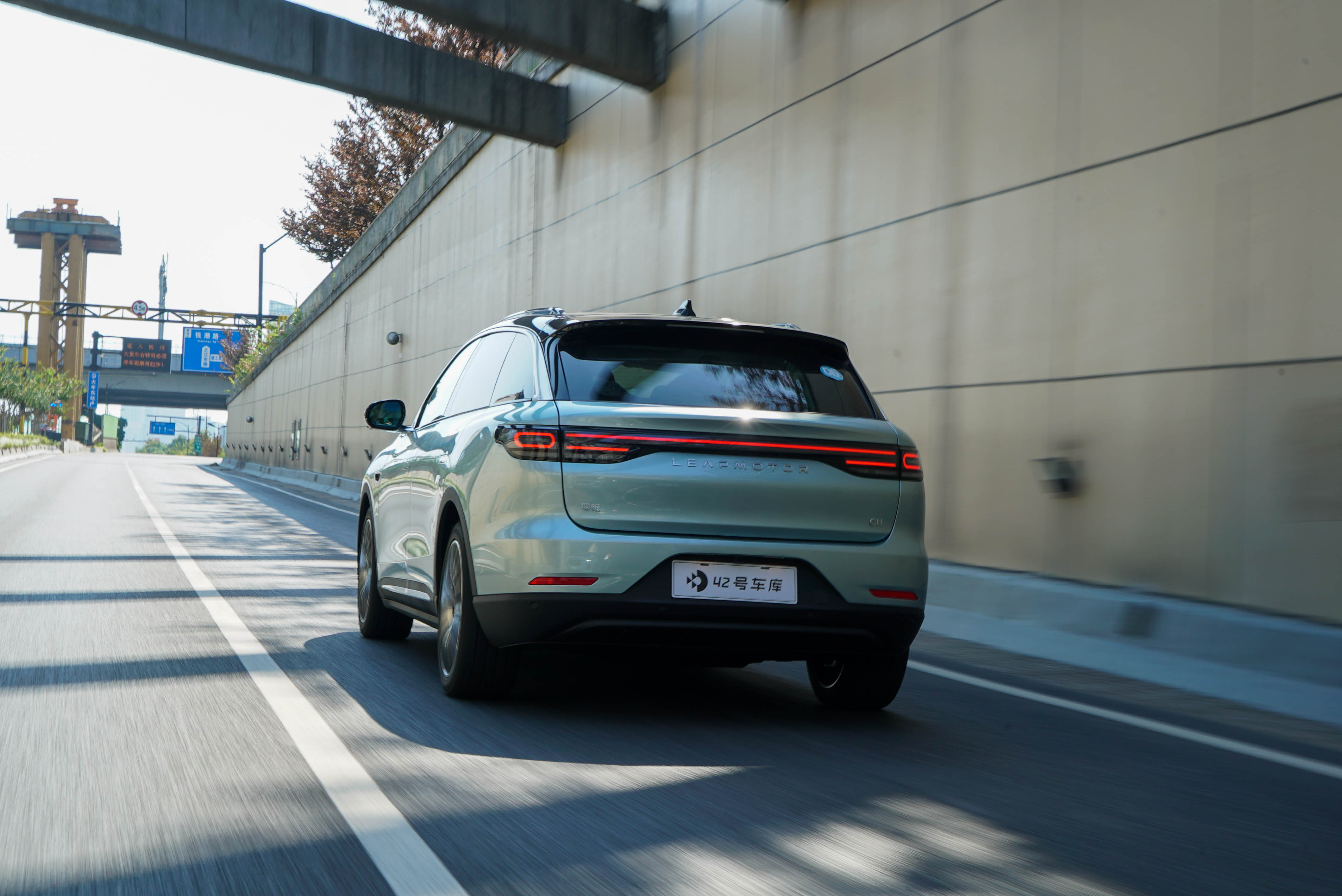
Perhaps due to the test car or the high outdoor temperature of 32 degrees Celsius during the test drive, we found high energy consumption in the city. Compared to the energy consumption of 16.4 kWh per hundred kilometers by the Ministry of Industry and Information Technology, this actual test of 22.6 kWh per hundred kilometers is indeed higher. Of course, the 90 kWh large battery can still ensure good mileage.
Intelligent driving assistance
All models of the LINGPAI C11 are equipped with one 2-million-pixel binocular camera, four 1.3-million-pixel panoramic cameras, five millimeter-wave radars, and 12 ultrasonic radars. With such comprehensive hardware, the C11 boasts advanced intelligent driving assistance.
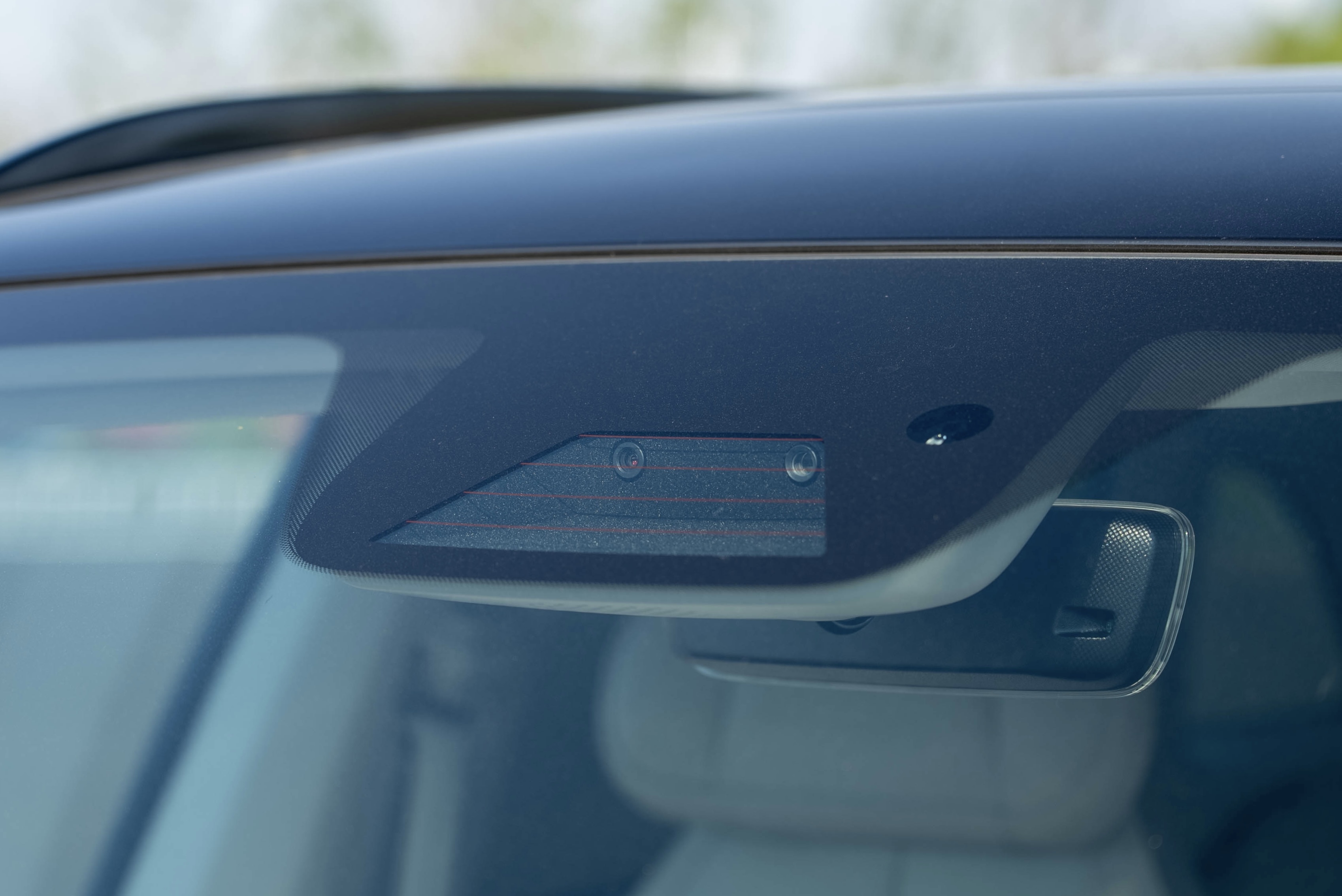
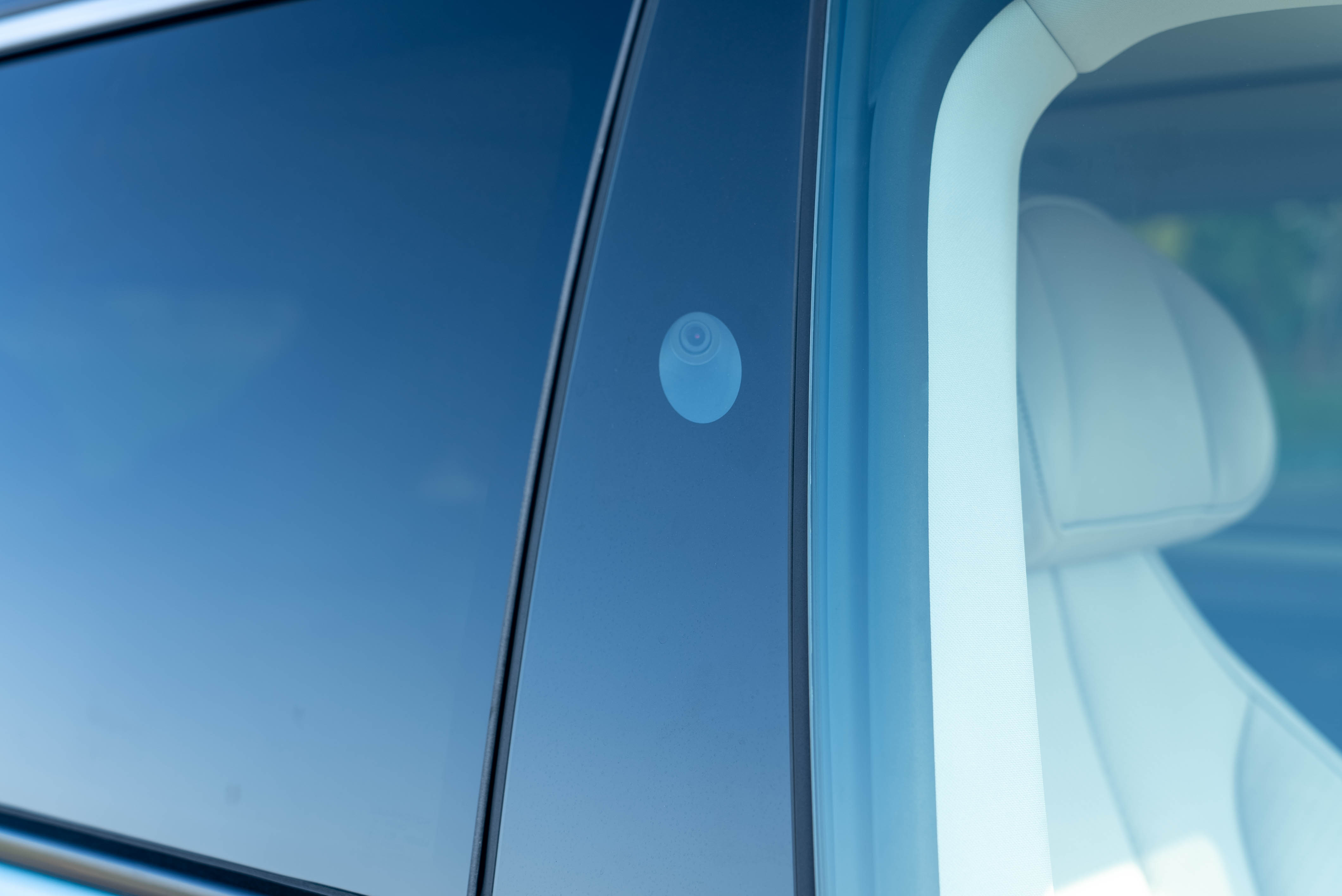
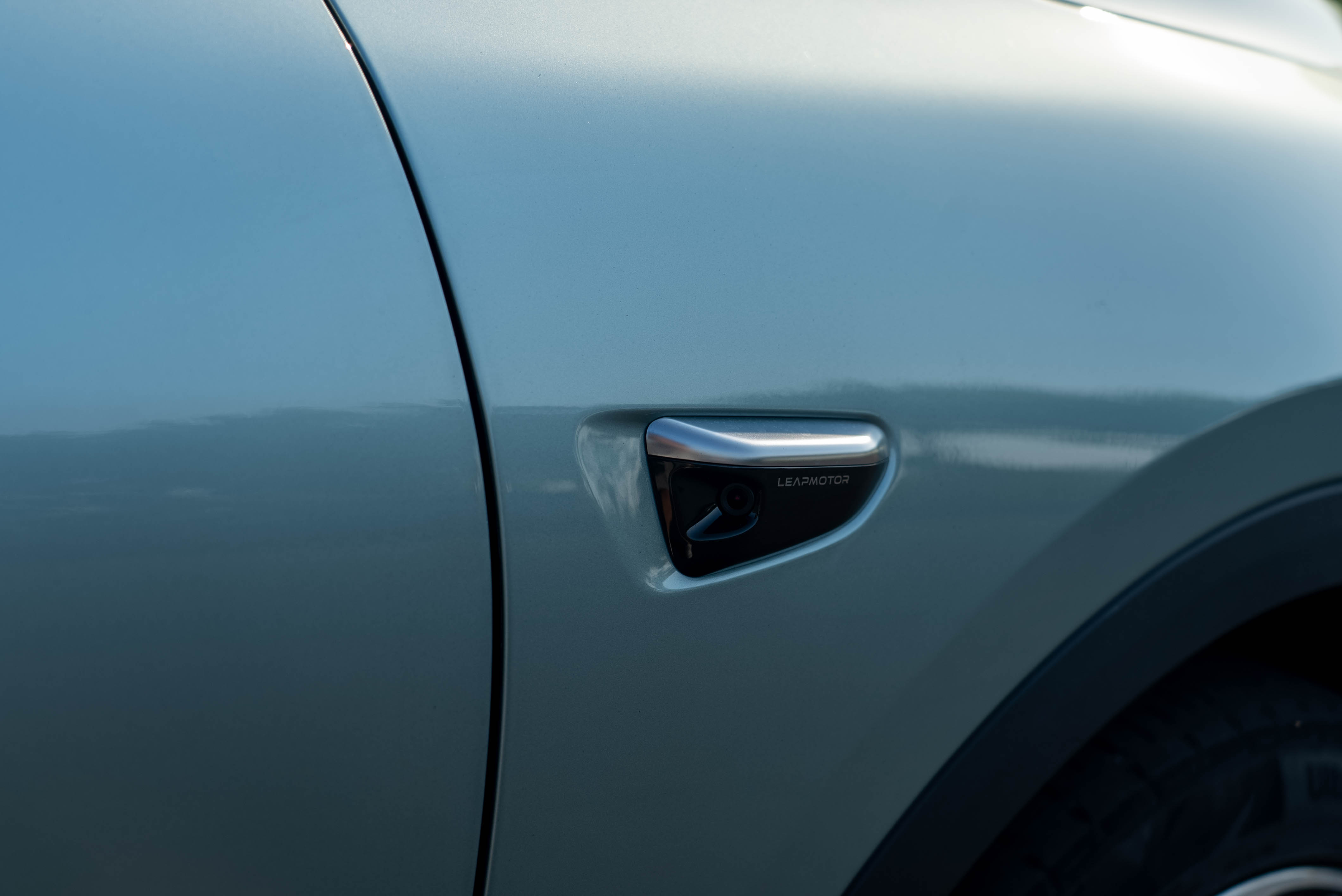
Moving on to the chip aspect of the LI One C11, it is equipped with the self-developed Lingxian 01 chip, with a single computing power of 4.2 TOPS. The LI One C11 is equipped with two chipsets that are equivalent and redundant, with a total computing power of 8.4 TOPS. Combined with the self-developed Leap Pilot 3.0 intelligent driving assistance system, we can look forward to the experience of the product after it goes live during the third or fourth quarter of next year. Currently, the released version only has a few basic functionalities available for use.
If you have used Apple’s self-developed M1 chip, you would know that after Apple integrated its own system and chip, the M1 only uses lower frequency and power consumption to obtain excellent user experience compared to chips of the same level. Similarly, when it comes to the LI One C11, the 8.4 TOPS computing power is not particularly outstanding, but as Lingxian 01 is a chip independently developed by LI, targeted optimizations are made for memory bandwidth, data flow, and system aspects, and there is a better understanding of internal requirements, theoretically resulting in higher efficiency than chips of the same computing power.
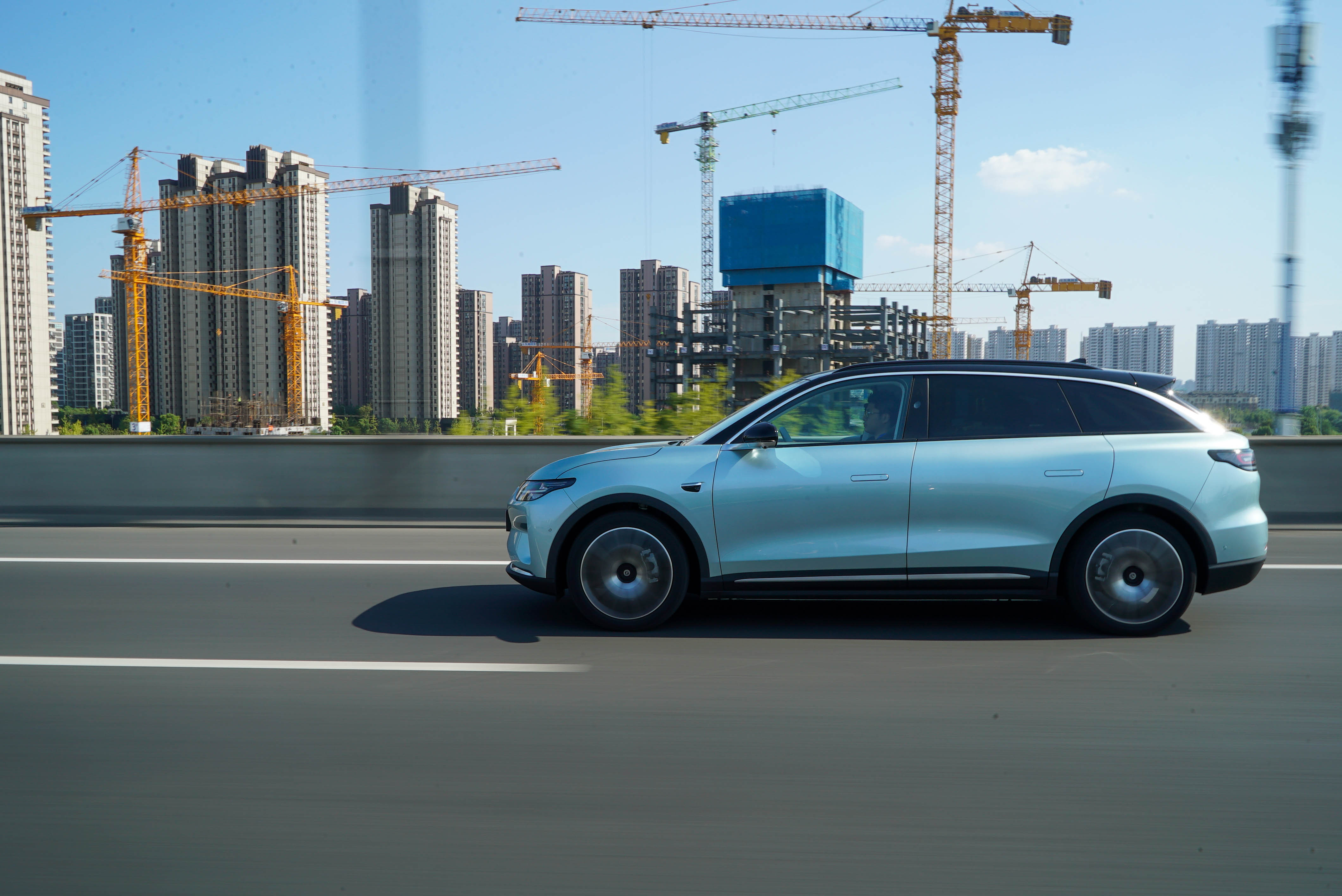
Behind LI is Dahua Group, which does security, cameras, and sensors, and therefore has accumulated experience in vision. When the product is officially launched in the future, we may test it on the 42Mark racetrack.
Final Thoughts
The attitude of LI towards product development is commendable. From the release of the C11, user co-creation and review team modes have been advocated. In my experience of using the LI app, I have received many questionnaires and surveys. Moreover, users can see the changes that LI will actually make in the future. Prior to this, LI conducted research on the color and power of the T03, and a few months later, we saw updates in the interior, color, and power of the T03. It is not just about the automotive product itself, even the software interface and shopping mall are also selected from the hands of users.
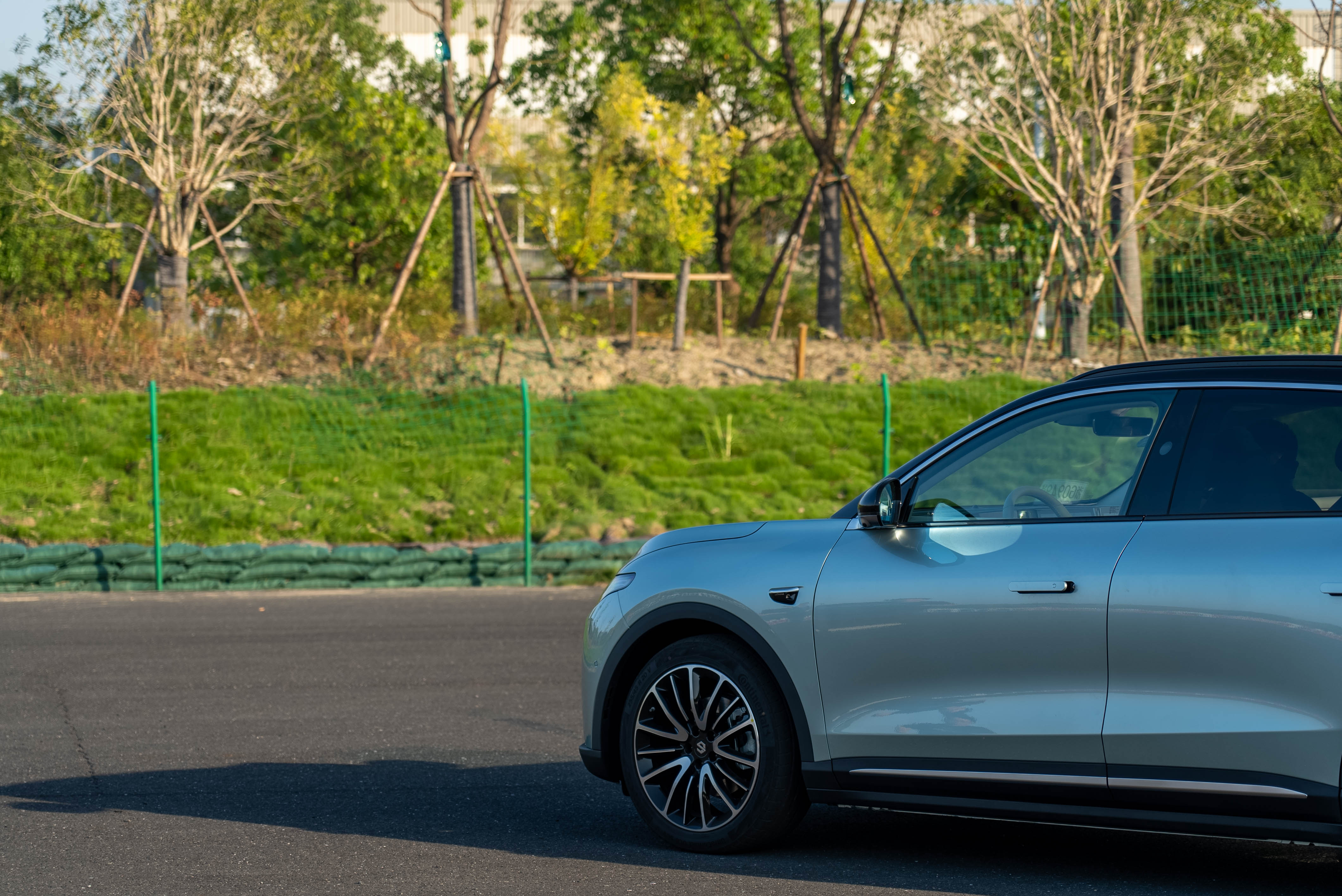
In the testing of the C11, LI has also invited users to review the interior and NVH, and invite them to test drive. Therefore, it is not an exaggeration to say that today’s C11 is co-created by users.
Zhu Jiangming also personally replied to questions from C11 users. In addition, Zhu Jiangming also separated customer operations into an independent first-level department of the company earlier this year. This can also be seen that LI is beginning to pay attention to the relationship between itself and users.## Translation
C11 now has over 6,000 orders, which is a remarkable achievement given that some customers purchase without even having test-drived the car. It is evident that people recognize the quality of the products from Leapmotor. A survey conducted by the company showed that 10% of the orders for C11 came from T03 owners, which indicates that Leapmotor has been successful in enhancing customer loyalty and trust in the new energy vehicle industry. As for me, I believe that it is not only about the cost-effectiveness, but also about the recognition of Leapmotor’s reputation that will eventually impress users.
For Leapmotor, having a good “Price-to-performance Ratio” is a win-win situation. The company can raise its sales, and naturally, we can see more Leapmotor cars on the road too. This not only boosts the OTA upgrades for existing models but also favors the development of future models. Leapmotor’s ultimate goal for the era of 2.0 is to achieve a sales target of 800,000 units by 2025, and the company even claimed that it aims to surpass Tesla’s sales in three years. Whether Leapmotor can achieve this ambitious goal, there is no doubt that there is a close relationship between sales and research and development.
As a Leapmotor owner, I genuinely appreciate the ability to co-create with my fellow users. The products are cost-effective, but this alone is not enough to sustain sales. The success of T03’s sales growth is not only supported by its price-performance ratio but also by the good reputation it has built among users. 40% of T03’s orders come from customer referrals. We’ve witnessed the strength of C11 and the power of user co-creation, but it still has room for improvement. We do not want C11 to “run too slowly” as it represents six years of hard work by Leapmotor, backed by the expectations of many customers.
As the saying goes, “Winning the hearts of the people is equal to winning the world.” Leapmotor is on the right track; in this marathon, it is the start and endurance that will ultimately determine success or failure.
This article is a translation by ChatGPT of a Chinese report from 42HOW. If you have any questions about it, please email bd@42how.com.
